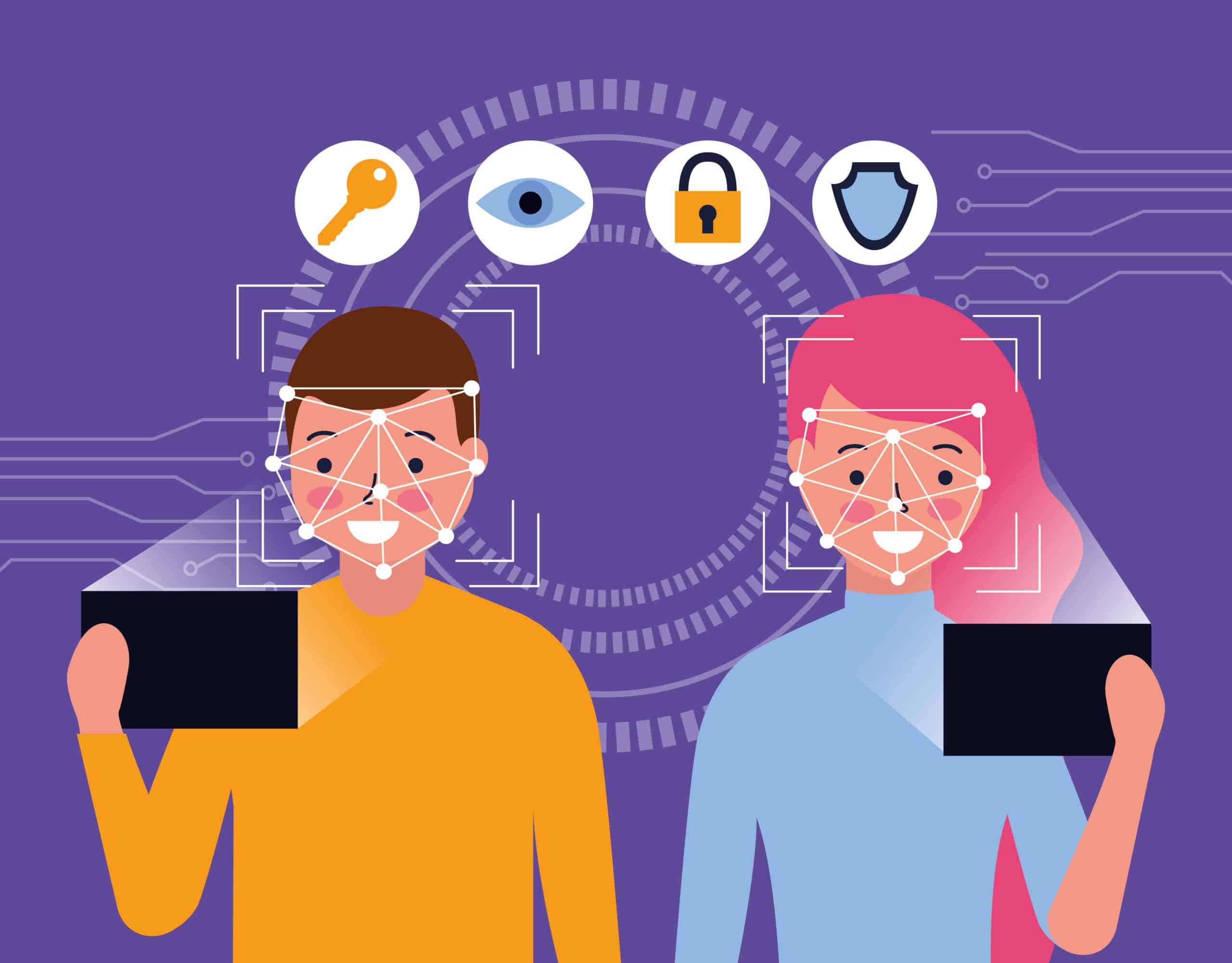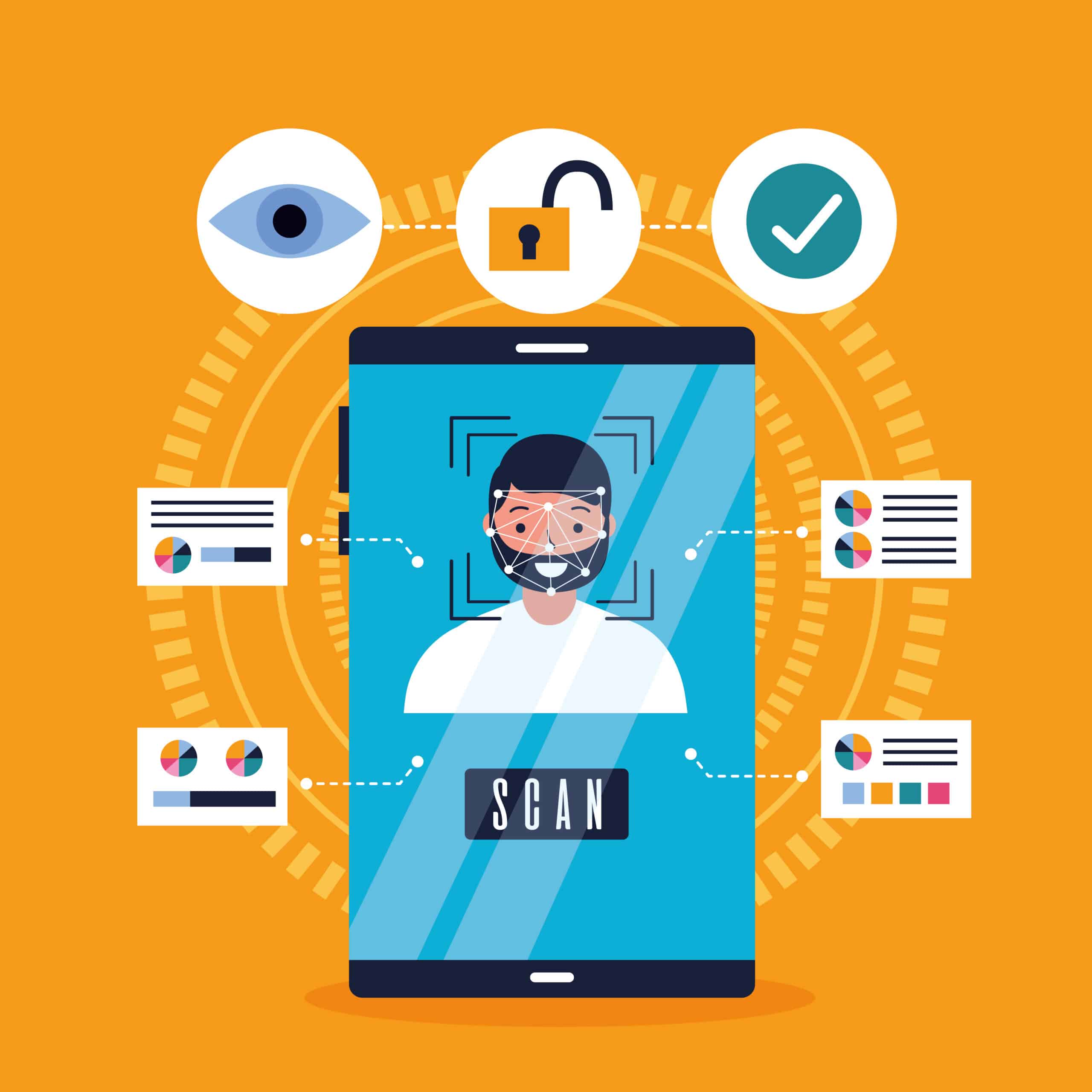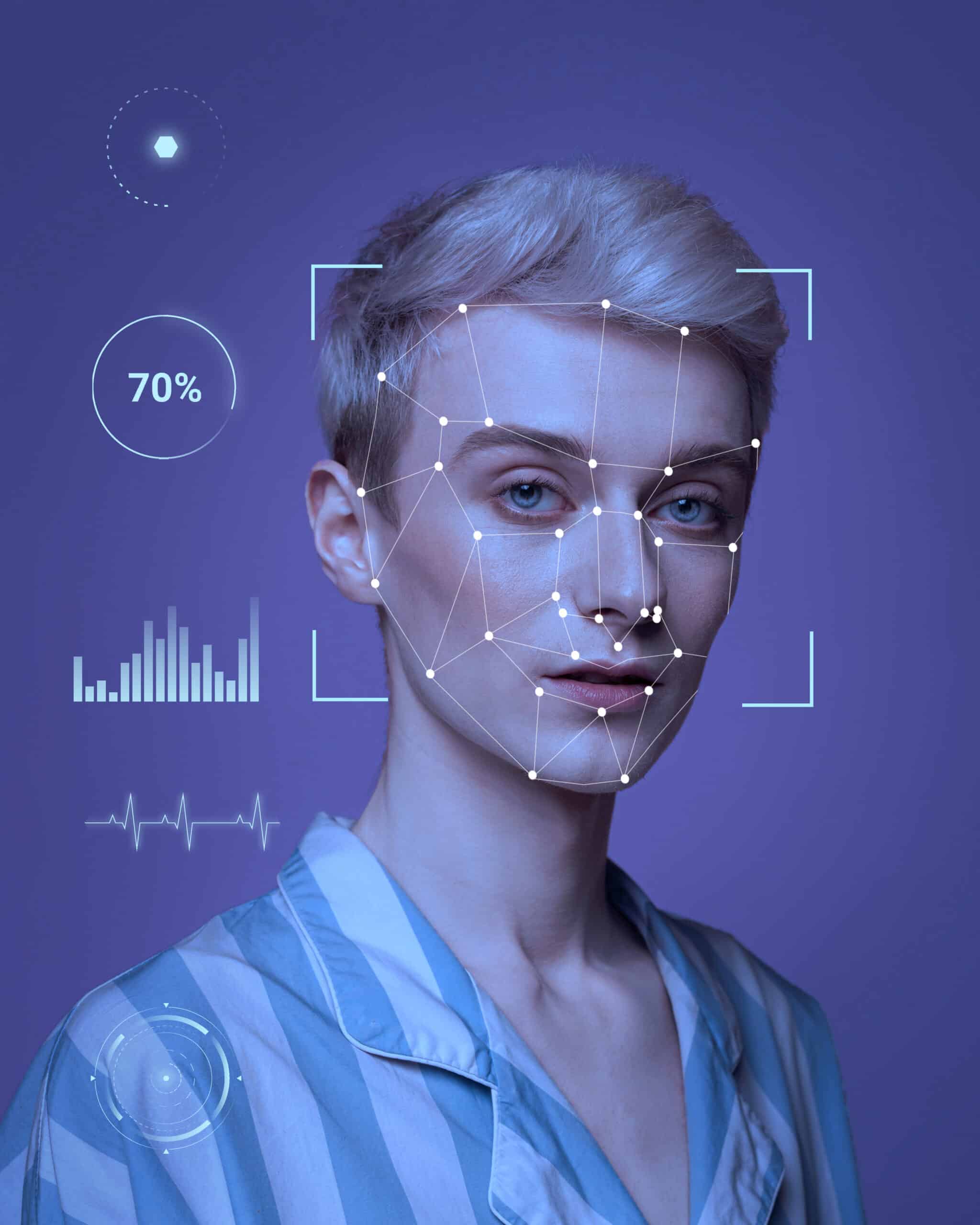Facial Recognition Identity Verification: The Ultimate Guide
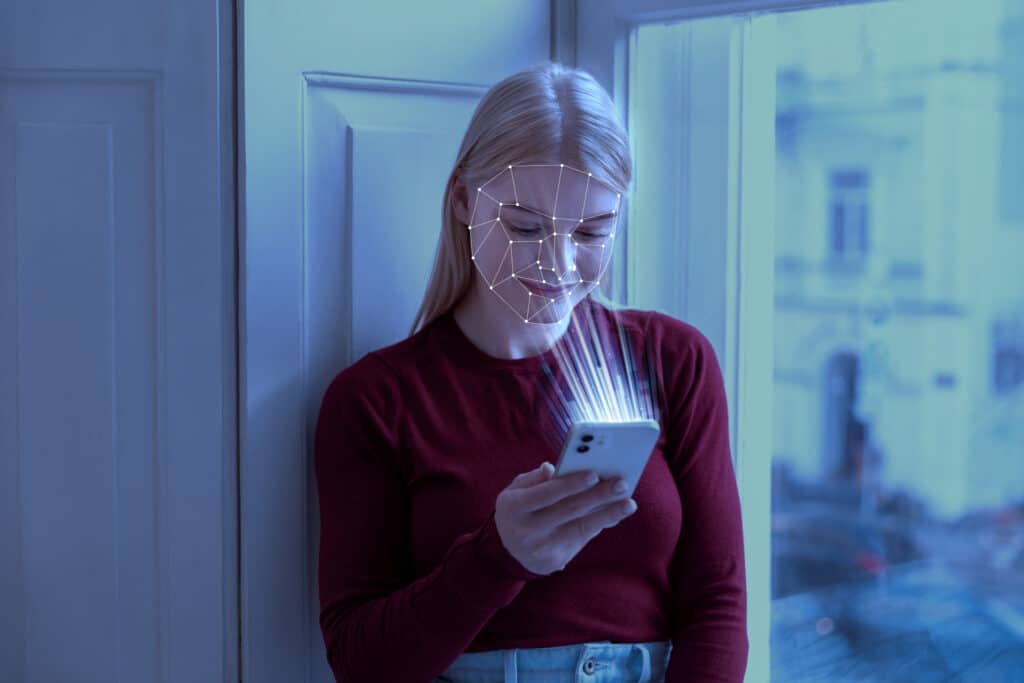
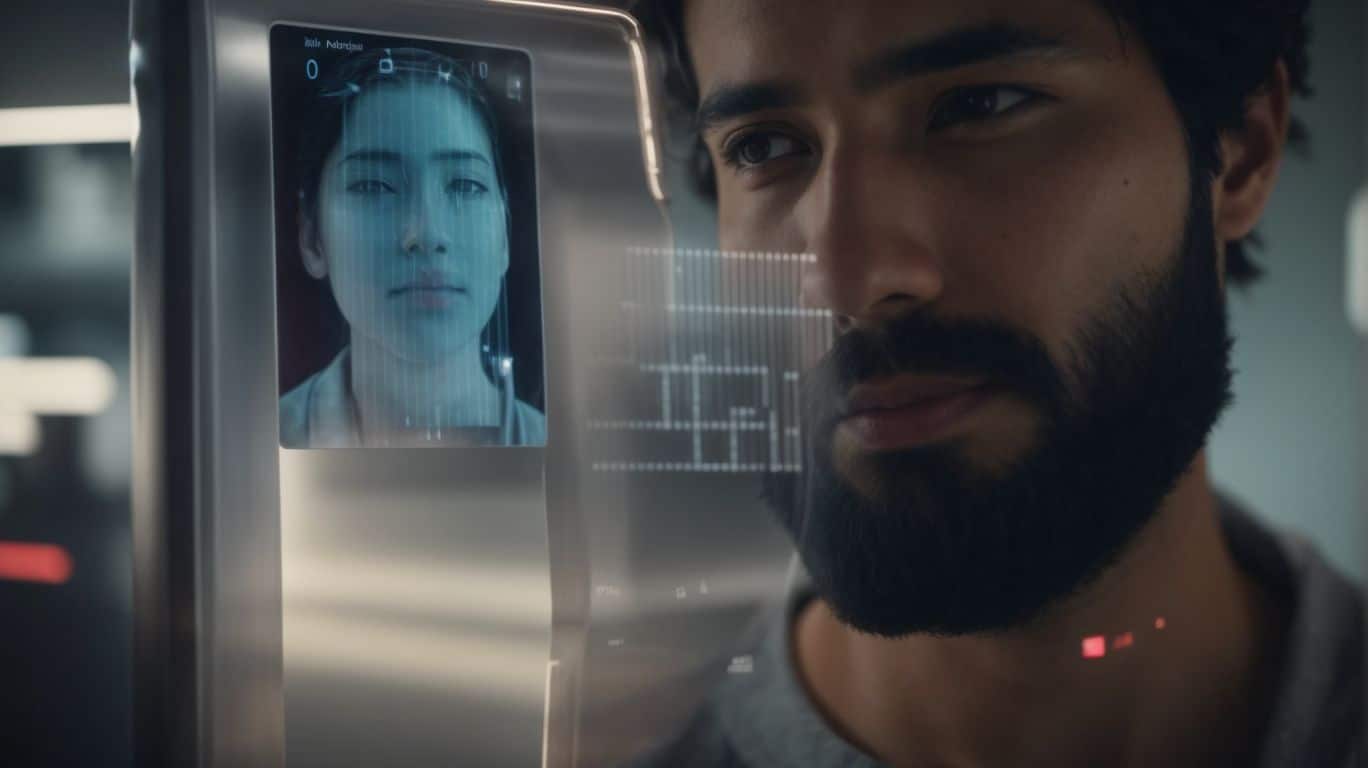
In today’s digital age, facial recognition technology has become increasingly prevalent in various industries, offering a seamless and secure way to verify identities. From border control to banking, this innovative technology is revolutionizing the way businesses operate. Learn more about facial recognition guide.
We will explore how facial recognition identity verification works, the benefits and risks associated with it, and how businesses can effectively implement this technology.
Join us in this comprehensive guide to learn everything you need to know about facial recognition identity verification. Let’s dive in!
What Is Facial Recognition Identity Verification?
Facial Recognition Identity Verification is a process that utilizes biometric technology to confirm a person’s identity through facial features, ensuring secure authentication and data privacy.
This advanced technology works by capturing an individual’s facial features, such as the distance between the eyes, nose, and mouth, creating a unique facial signature. When a person attempts to access a system or device, their face is scanned and compared to the stored facial template for verification. This seamless process provides a high level of security, as biometric identifiers are extremely difficult to counterfeit or replicate. With facial recognition identity verification, organizations can enhance security measures, protect sensitive information, and prevent unauthorized access, contributing to a safer digital environment.
How Does Facial Recognition Identity Verification Work?
Facial Recognition Identity Verification operates by scanning facial features, employing machine learning and artificial intelligence algorithms to create digital representations for accurate identity verification.
Once the initial facial scanning is completed, the system analyses key facial markers such as the distance between the eyes, the shape of the nose, and unique patterns like freckles or scars. These features are then matched against a database of verified faces. Machine learning and AI are crucial in constantly improving the accuracy of this process by learning from each verification attempt.
The importance of accuracy in facial recognition technology cannot be overstated, as it plays a critical role in security systems, access control, and identity verification processes.
Facial Detection
Facial Detection is the initial stage of facial recognition, where images are processed to identify and extract key facial features necessary for further analysis and verification.
This process involves sophisticated algorithms that scan the image pixel by pixel, looking for specific patterns such as facial landmarks, contours, and textures. Image processing techniques like edge detection, histogram analysis, and feature extraction are utilized to enhance the accuracy of detecting facial attributes. The ability to precisely identify these features is crucial for accurate facial scanning, as it forms the foundation for subsequent steps in the facial recognition process, ensuring reliable identification and authentication.
Facial Landmark Detection
Facial Landmark Detection involves identifying specific facial landmarks using matching algorithms to create unique facial templates for accurate comparison and verification.
These matching algorithms utilize pattern recognition to detect key points such as eyes, nose, and mouth on a person’s face. By precisely mapping these landmarks, the system can generate a template that contains the relative positions and distances between the identified features. This template serves as a reference for subsequent comparison and verification processes.
In the comparison stage, the system analyzes the similarities and differences between the detected landmarks on the template and the facial features in real-time images or videos, enabling accurate identification and facial recognition.
Feature Extraction
Feature Extraction in facial recognition focuses on analyzing biometric data from facial images, utilizing advanced algorithms for facial analysis and feature matching.
This process is crucial for accurately recognizing individuals based on unique facial characteristics. Biometric data extraction involves capturing key facial features such as eye shape, nose structure, and facial contours. These features are then converted into mathematical representations for analysis and comparison. Matching algorithms play a vital role in this process by precisely comparing the extracted facial features with stored data to authenticate the identity of an individual. It is essential for these algorithms to be reliable and efficient in order to ensure accurate identification in various security and authentication applications.
Comparison and Matching
Comparison and Matching stage involves comparing extracted facial features to stored facial biometrics for authentication, ensuring accurate facial matching and reliable facial authentication.
During the comparison process, various facial features such as the distance between the eyes, nose shape, and jawline are analyzed to create a unique facial signature. This signature is then compared with the biometric data stored in the system to verify the identity of the individual.
The matching stage plays a crucial role in confirming the identity by checking for similarities and patterns within the facial features. It is essential to achieve precise matching for secure authentication, as even minor discrepancies can lead to false positives or unauthorized access.
What Are the Benefits of Facial Recognition Identity Verification?
Facial Recognition Identity Verification offers numerous benefits, including advanced technology advancements that enhance facial authentication, streamline user verification processes, and provide secure access control.
This innovative technology has significantly improved user experience by enabling faster and more accurate identity verification. Facial recognition not only eliminates the need for traditional methods such as passwords or security questions but also enhances overall security measures with its unique biometric features. The integration of facial recognition into access control systems has modernized security protocols, making it more convenient for users to gain secure access to restricted areas or digital platforms.
What Are the Risks and Concerns of Facial Recognition Identity Verification?
Despite its benefits, Facial Recognition Identity Verification raises concerns regarding privacy vulnerabilities, potential biases, and inaccuracies that may compromise security and authentication processes.
Issues linked with facial recognition technology extend beyond the surface benefits it offers. Privacy advocates raise red flags over the collection and storage of biometric data, which poses risks of unauthorized access or misuse. Security vulnerabilities, such as the potential for false positives or hacking, can lead to severe consequences. Biases in facial recognition algorithms have also come under scrutiny, as they may perpetuate discrimination against certain groups or individuals. These challenges underscore the need for comprehensive regulation and oversight in the deployment of such technology.
Privacy Concerns
Privacy Concerns related to facial recognition identity verification involve worries about data privacy, protection of personal information, and the potential misuse of sensitive facial data.
Facial recognition technology raises significant concerns due to the possibility of unauthorized access to personal data, leading to potential breaches and identity theft. With the rapid advancements in AI and machine learning, there is a growing fear of data being collected and used without consent, infringing on individuals’ privacy rights.
The importance of implementing strict privacy protection measures to safeguard sensitive facial data cannot be overstated, as any negligence in handling such information could result in severe consequences, including discrimination, surveillance, and exploitation.
Biases and Inaccuracies
Biases and inaccuracies in facial recognition identity verification refer to the challenges of algorithmic biases, inaccuracies in matching algorithms, and the need for robust identity protection measures.
When discussing algorithmic biases, it is crucial to understand how the data used for training facial recognition systems can often reflect societal prejudices and reinforce existing inequalities. These biases can lead to misidentifications based on factors like race or gender, highlighting the ethical concerns surrounding the technology.
Challenges with matching algorithms can result in false positives or negatives, impacting individuals’ lives and potentially leading to wrongful accusations. Therefore, enhancing identity protection measures is essential not only for security but also to safeguard against errors and vulnerabilities that could have significant consequences.
Security Vulnerabilities
Security Vulnerabilities associated with facial recognition identity verification include risks of fraud, data security breaches, and the need for robust measures to prevent fraudulent activities.
Fraud risks in facial recognition technology stem from the potential to deceive algorithms with manipulated images or videos, leading to unauthorized access or identity theft. Data security concerns arise due to the sensitive nature of facial biometrics that, if compromised, can have severe privacy implications. Implementing rigorous prevention measures, such as multi-factor authentication and continuous monitoring, is crucial to mitigate these risks and protect against fraudulent activities.
What Are the Applications of Facial Recognition Identity Verification?
Facial Recognition Identity Verification finds applications in various sectors such as border control, law enforcement, banking, retail, and marketing, enabling secure user identification and verification.
In border control, facial recognition technology plays a crucial role in screening travelers, enhancing security protocols, and expediting immigration processes. Law enforcement agencies utilize facial recognition to identify suspects, locate missing persons, and prevent criminal activities.
Within the banking sector, facial recognition ensures a higher level of account security and fraud prevention, offering customers a seamless and efficient authentication process.
Retailers are using facial recognition for personalized shopping experiences, targeted advertising, and improving customer service. In marketing, this technology aids in analyzing customer demographics, behaviors, and preferences for more effective campaigns.
Border Control and Security
Border Control and Security benefit from facial recognition identity verification tools that enhance secure access control, streamline border processes, and provide efficient identity verification solutions.
This technology enables border authorities to quickly and accurately authenticate individuals, reducing the risk of unauthorized entry and enhancing overall security measures. By automating the identification process, facial recognition expedites border crossings, minimizing wait times and congestion. It allows for seamless integration with existing databases, enabling real-time monitoring and tracking of individuals of interest.
The versatility of facial recognition technology also extends to enhancing the security of restricted areas within border checkpoints, ensuring only authorized personnel have access to sensitive locations.
Law Enforcement and Surveillance
Law Enforcement and Surveillance agencies utilize facial recognition technology for accurate identity verification, criminal identification, and enhancing public safety through precise facial identification methods.
This advanced technology allows these agencies to efficiently analyze facial features, patterns, and structures to match individuals against databases of known suspects or persons of interest. By quickly confirming a person’s identity or identifying potential threats, law enforcement can swiftly respond to incidents and prevent crimes before they occur. Facial recognition technology aids in locating missing persons and tracking down fugitives, thereby contributing to the overall safety and security of communities.
Banking and Finance
Banking and Finance industries adopt facial recognition identity verification for secure technology applications, identity authentication processes, and enhancing the overall security of financial transactions.
This innovative technology allows financial institutions to confirm the identity of customers through the unique facial features, enhancing the accuracy and reliability of authentication processes. By implementing facial recognition, banks can offer a more convenient and secure method for customers to access their accounts and conduct transactions. This technology helps in detecting and preventing fraudulent activities, thus ensuring a higher level of security in financial operations. This advanced biometric solution is revolutionizing the way the banking and finance sectors protect sensitive data and provide a seamless customer experience.
Retail and Marketing
Retail and Marketing sectors leverage facial recognition identity verification for user recognition, personalized marketing strategies, and effective customer engagement through innovative facial recognition solutions.
This technology allows businesses to tailor their marketing approaches based on the specific preferences and behaviors of individual customers, creating more personalized interactions that drive sales and customer loyalty.
By analyzing facial expressions and reactions, retailers can gain valuable insights into customer emotions and sentiments, enabling them to enhance the overall shopping experience.
Facial recognition also plays a crucial role in enhancing security measures, such as access control and fraud prevention, helping businesses maintain a safe and efficient operational environment.
How Can Businesses Implement Facial Recognition Identity Verification?
Businesses can implement Facial Recognition Identity Verification by selecting the right technology, ensuring data protection and privacy compliance, training the system, and effectively communicating with customers and employees.
- When considering the selection of technology for facial recognition identity verification, businesses should prioritize systems that not only have high accuracy rates but also prioritize user privacy.
- Data protection compliance is a crucial aspect to consider, ensuring that the collected facial data is secure and meets all legal requirements.
- System training is essential to optimize the accuracy and efficiency of facial recognition technology.
- Establishing clear communication strategies with stakeholders, such as customers and employees, is key to fostering trust and transparency in the adoption of this technology within the business environment.
Choosing the Right Technology
Choosing the Right Technology is crucial for businesses implementing facial recognition identity verification, involving the selection of appropriate facial recognition software and system integration for optimal performance.
The effectiveness of a facial recognition system heavily relies on the compatibility and seamless integration of the chosen software with existing security infrastructure. It is essential to consider factors such as scalability, accuracy, and security features when deciding on the technology to ensure reliable performance.
By carefully selecting software that can adapt to evolving security needs and integrating it effectively, businesses can enhance their overall operational efficiency and security measures. The right technology not only streamlines identity verification processes but also helps in preventing unauthorized access and ensuring a safer working environment.
Ensuring Data Protection and Privacy Compliance
Ensuring Data Protection and Privacy Compliance is paramount for businesses using facial recognition identity verification, requiring robust measures to safeguard data security, privacy protection, and secure data handling.
Implementing stringent measures in data protection and privacy compliance is essential to prevent unauthorized access to sensitive information gathered through facial recognition technology. In today’s digital landscape, where data breaches are rampant, maintaining the confidentiality of personal data obtained through facial recognition systems is crucial to build trust with users and comply with regulations. By prioritizing secure data management practices, businesses can mitigate the risks associated with data misuse and exploitation, ultimately safeguarding the privacy rights of individuals.
Training and Testing the System
Training and Testing the System is essential for businesses adopting facial recognition identity verification, involving thorough system training, testing procedures, and user authentication processes to ensure system efficacy.
The training phase of implementing facial recognition technology involves teaching the system how to accurately identify and authenticate individuals based on facial features. This includes feeding the system a wide range of facial images to build a robust database for recognition. Once the training is complete, businesses should rigorously test the system under various lighting conditions, angles, and expressions to evaluate its accuracy and reliability.
User authentication strategies, such as requiring multiple verification steps or incorporating biometric identifiers, play a crucial role in enhancing system security and performance.
Communicating with Customers and Employees
Communicating with Customers and Employees is vital for businesses deploying facial recognition identity verification, ensuring transparent user access control, offering identity verification services, and maintaining effective communication channels.
By fostering open dialogue, companies can address potential concerns around privacy and data security that often come with the adoption of facial recognition technology. Clear communication helps in garnering trust among both customers and employees, assuring them that their information is secure and that the technology is being used responsibly.
By clearly explaining how the technology works and its benefits, businesses can enhance user acceptance and create a smoother transition process. This transparency also aids in setting clear expectations regarding the use of facial recognition for identity verification and access control measures.
Frequently Asked Questions
What is facial recognition identity verification?
Facial recognition identity verification is a process that uses technology to confirm a person’s identity by analyzing their unique facial features. It compares a person’s facial image to a database of stored images to determine a match or non-match.
How does facial recognition identity verification work?
Facial recognition identity verification uses a combination of hardware and software to capture and analyze a person’s facial features. The process typically involves taking a photo or video of the person’s face, extracting unique facial features, and comparing them to a database of stored images for verification.
What are the benefits of using facial recognition identity verification?
Facial recognition identity verification offers several benefits, including increased accuracy and efficiency in identity verification, improved security, and reduced potential for human error. It also eliminates the need for physical ID cards or documents, making it a convenient and contactless solution.
Is facial recognition identity verification secure?
Yes, facial recognition identity verification is considered to be a highly secure method of identity verification. It uses advanced algorithms and biometric technology to ensure accurate and reliable results. Additionally, the process is often encrypted and protected to prevent unauthorized access to personal information.
Can facial recognition identity verification be used for any type of identification?
Different types of identification, including passports, driver’s licenses, and national IDs, can utilize facial recognition identity verification. Additionally, banking and financial institutions can employ it for authentication, along with its application in access control for buildings and events.
Are there any limitations to facial recognition identity verification?
While facial recognition identity verification is a highly accurate and efficient method, it does have some limitations. Factors such as poor lighting, facial expressions, and aging can affect the accuracy of the process. Regularly updating databases is important to ensure the most accurate results.

